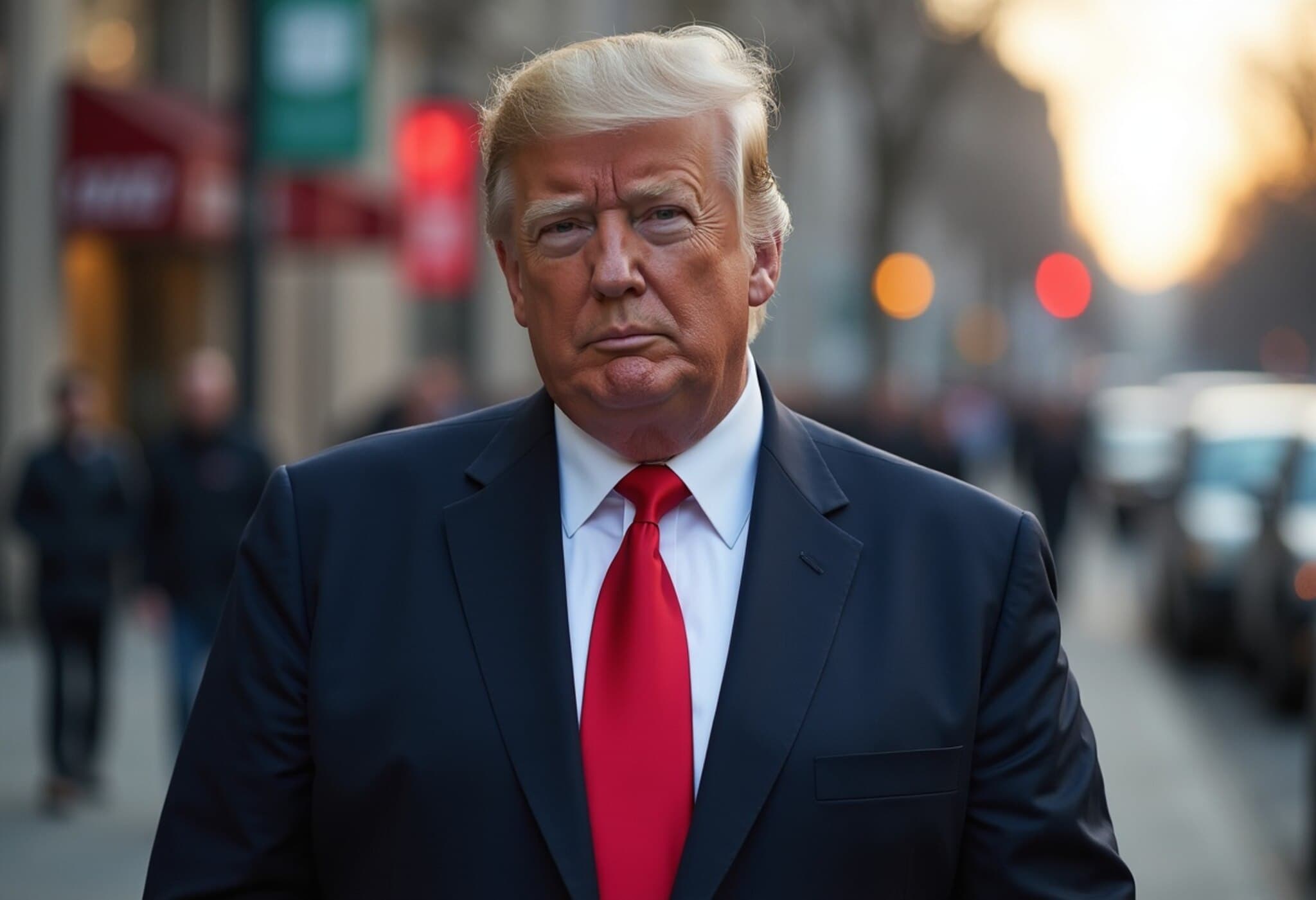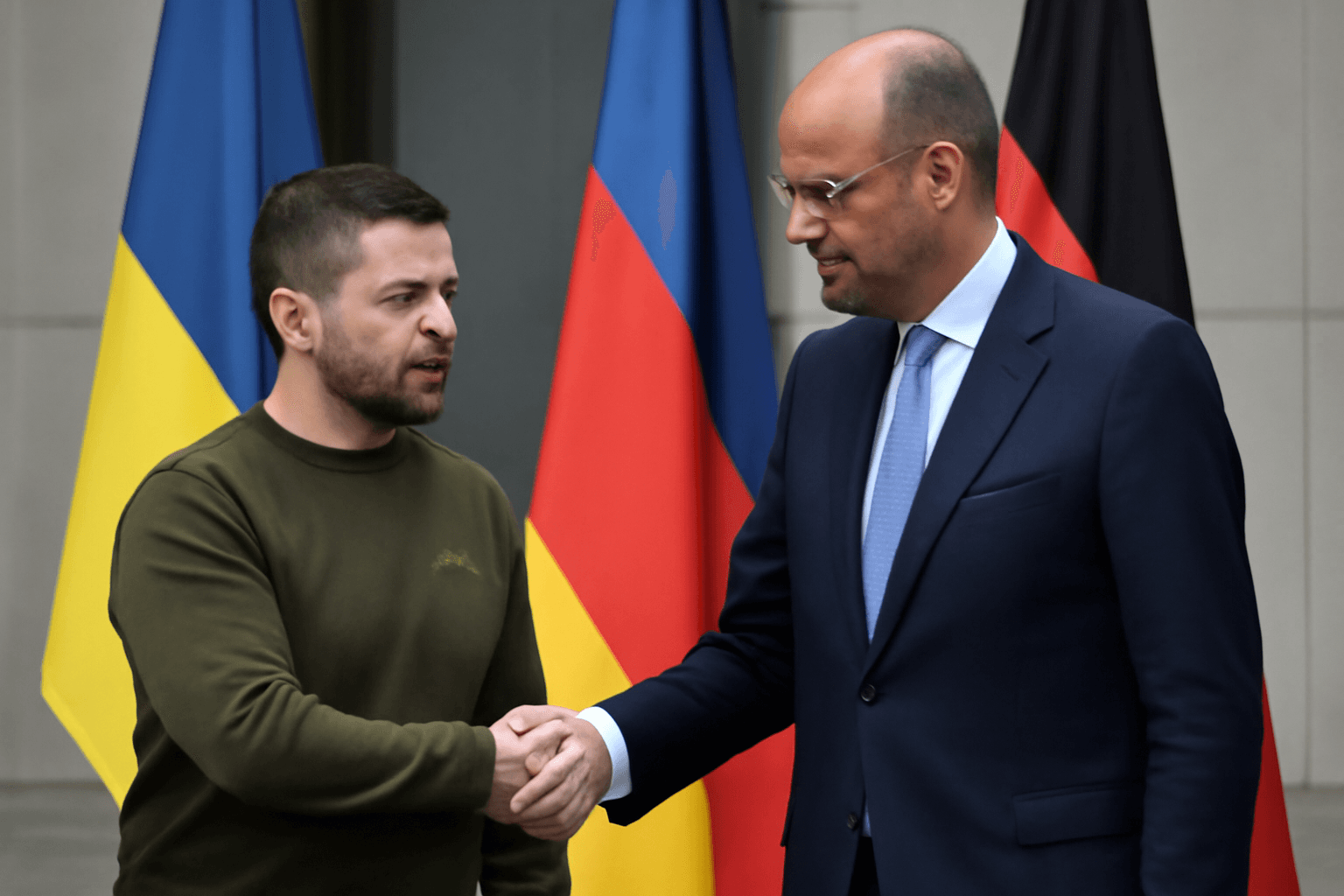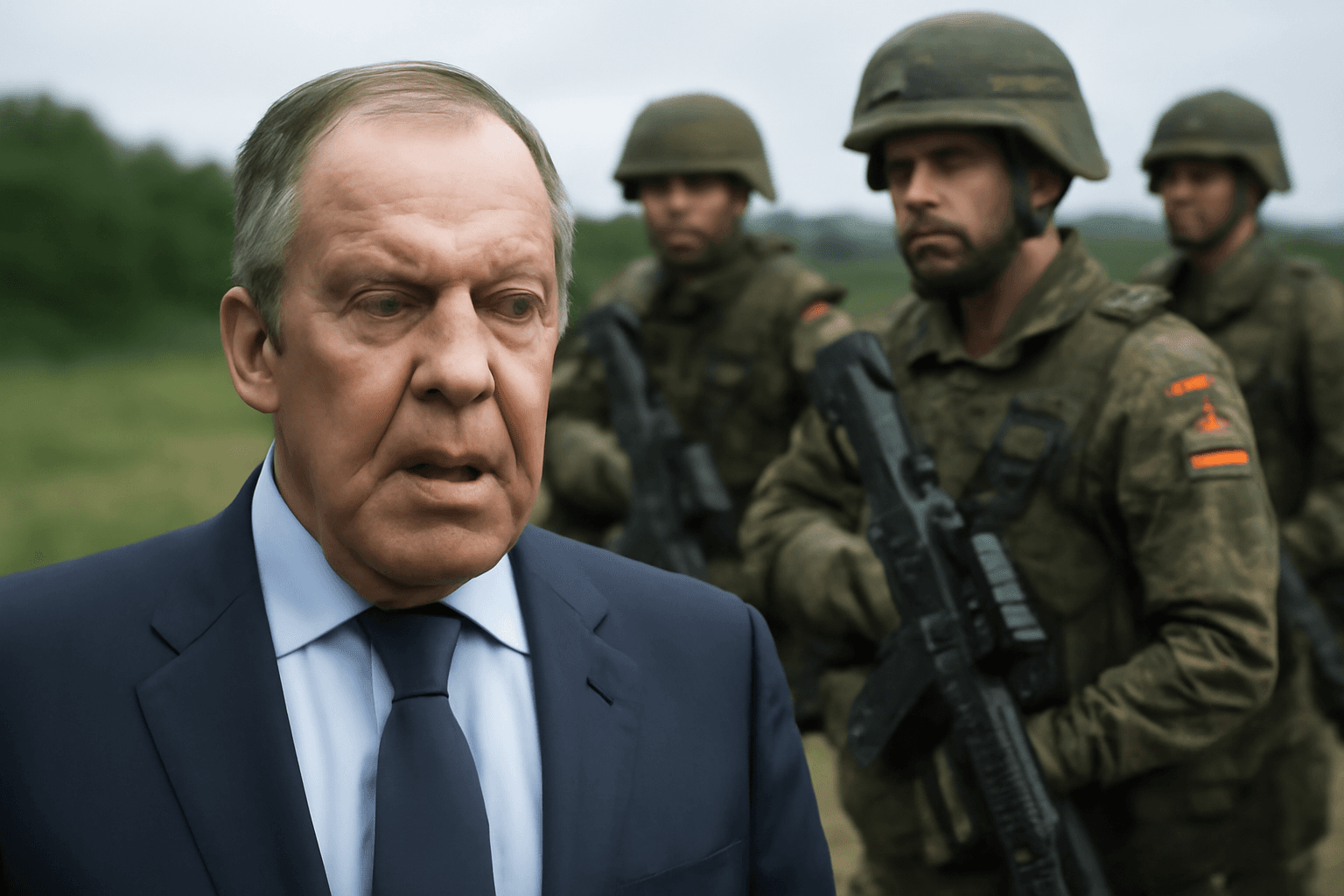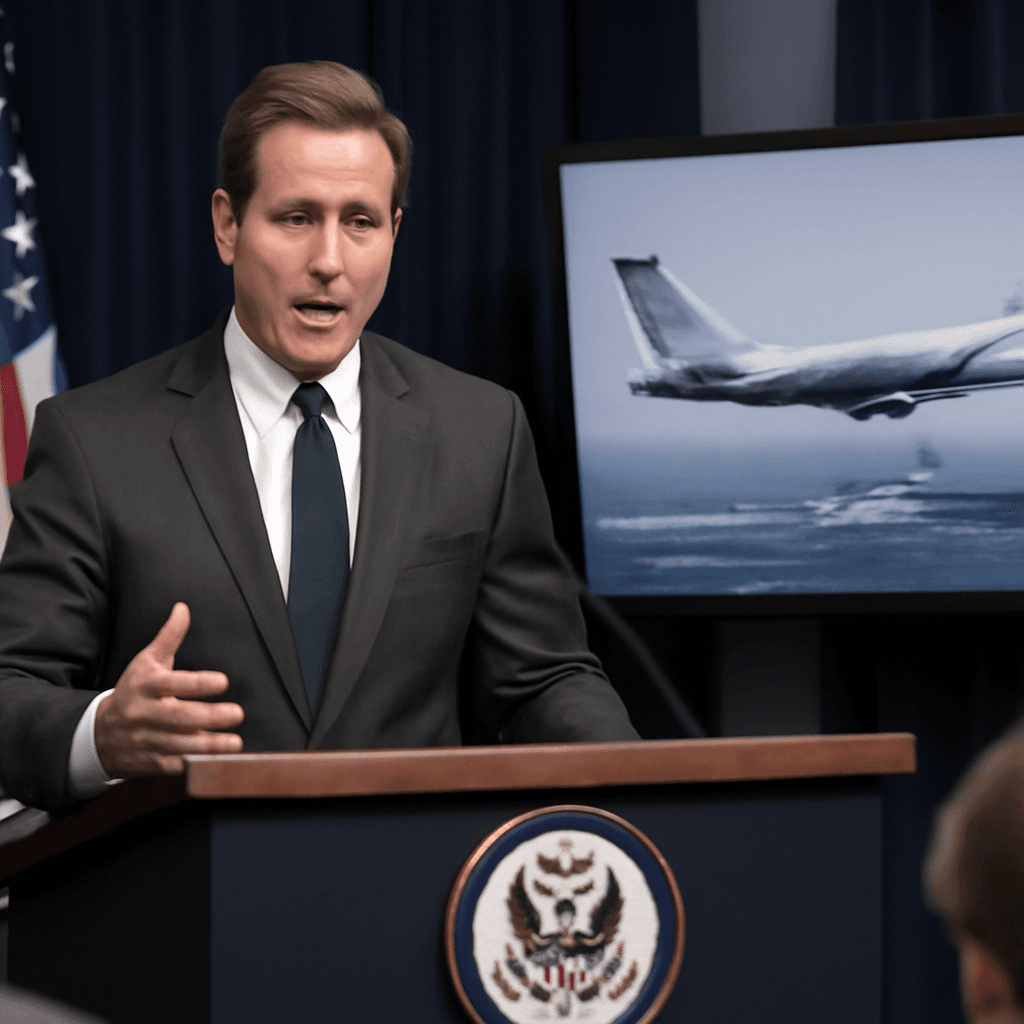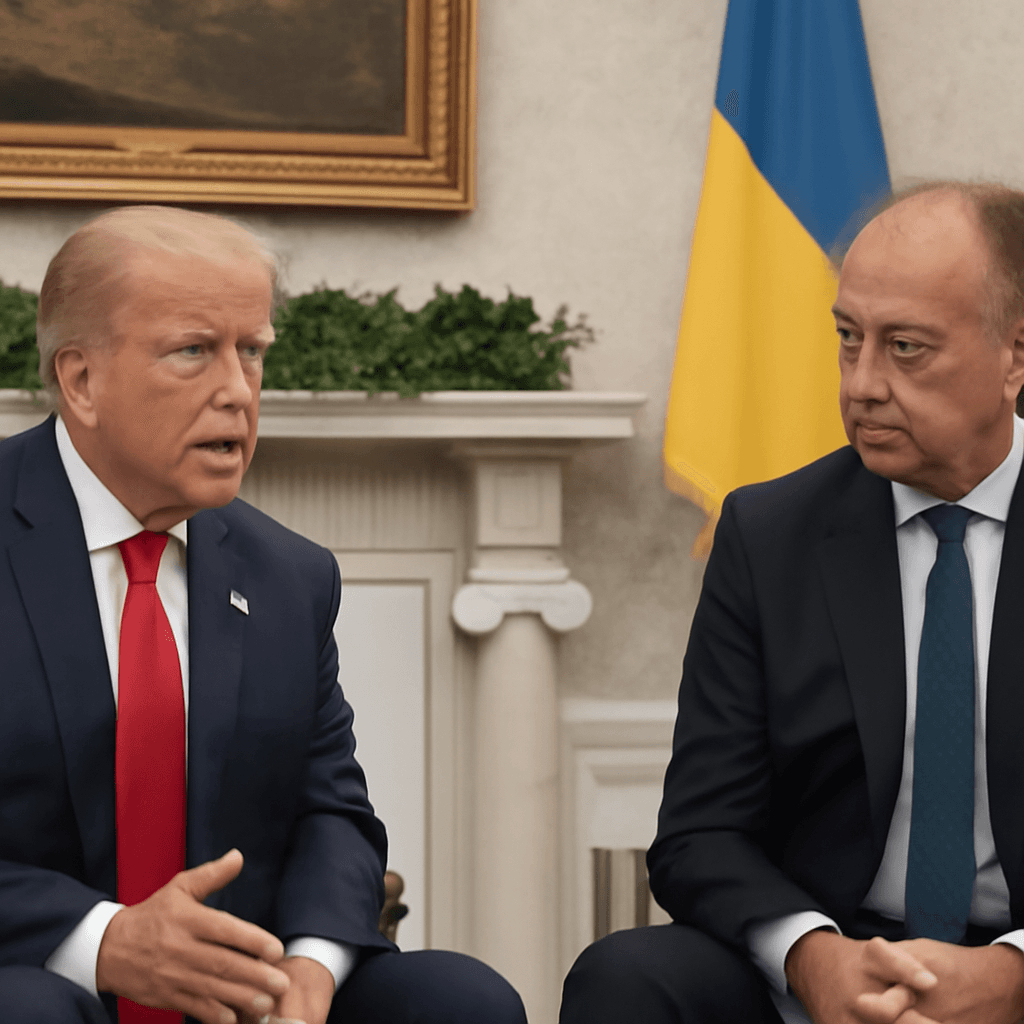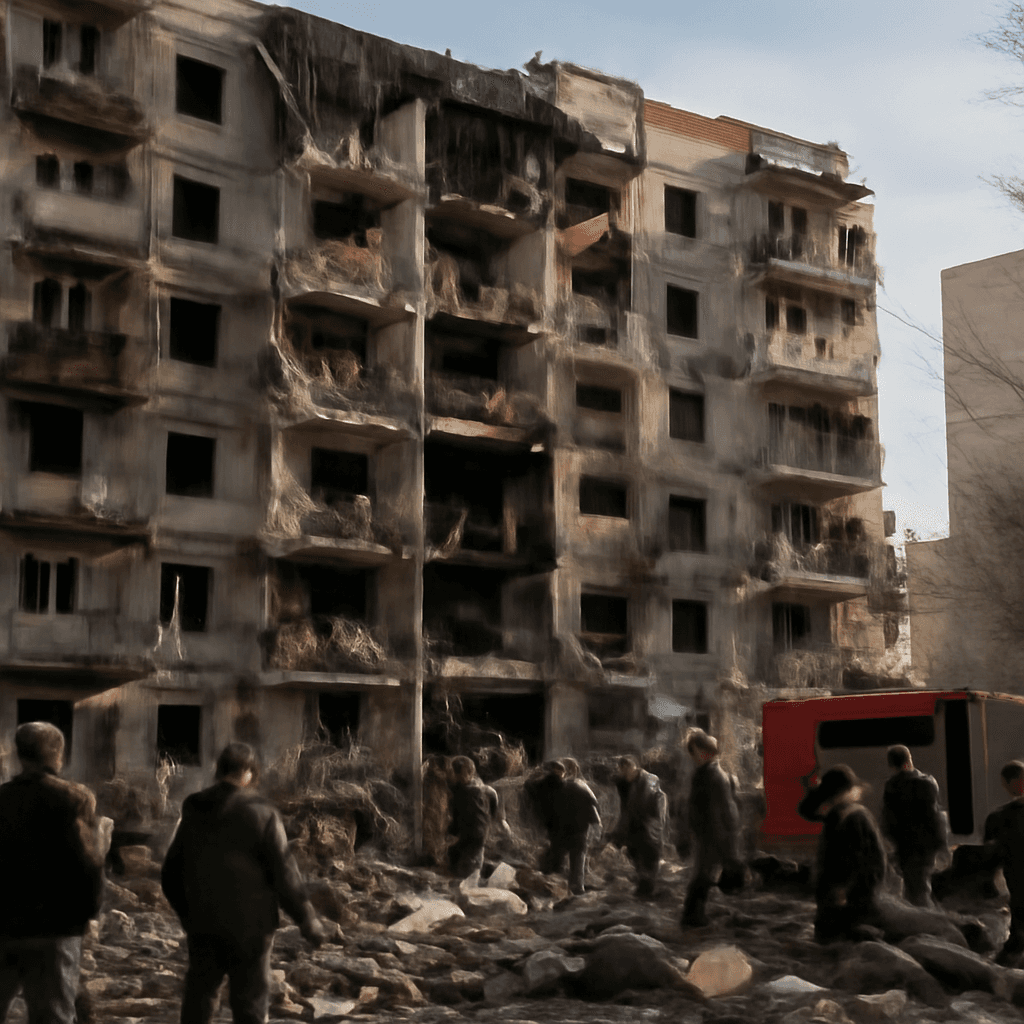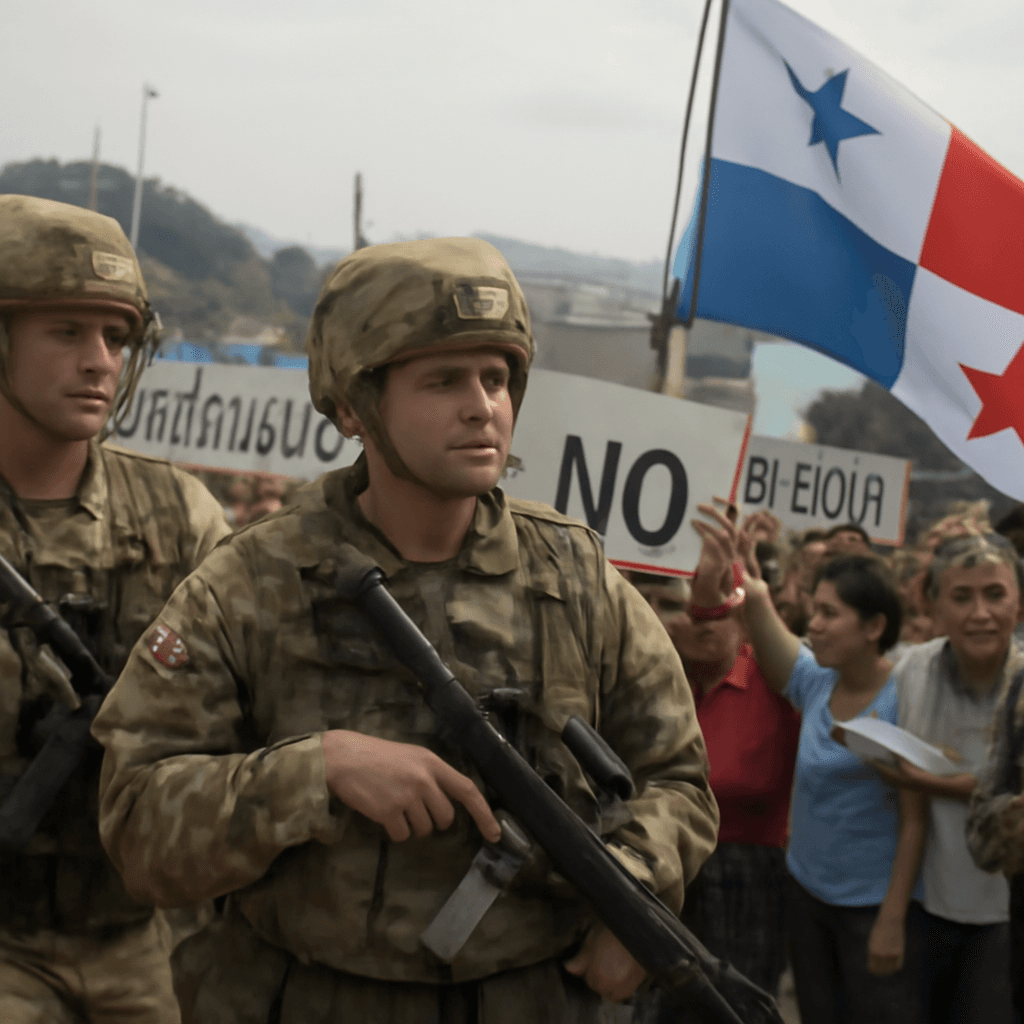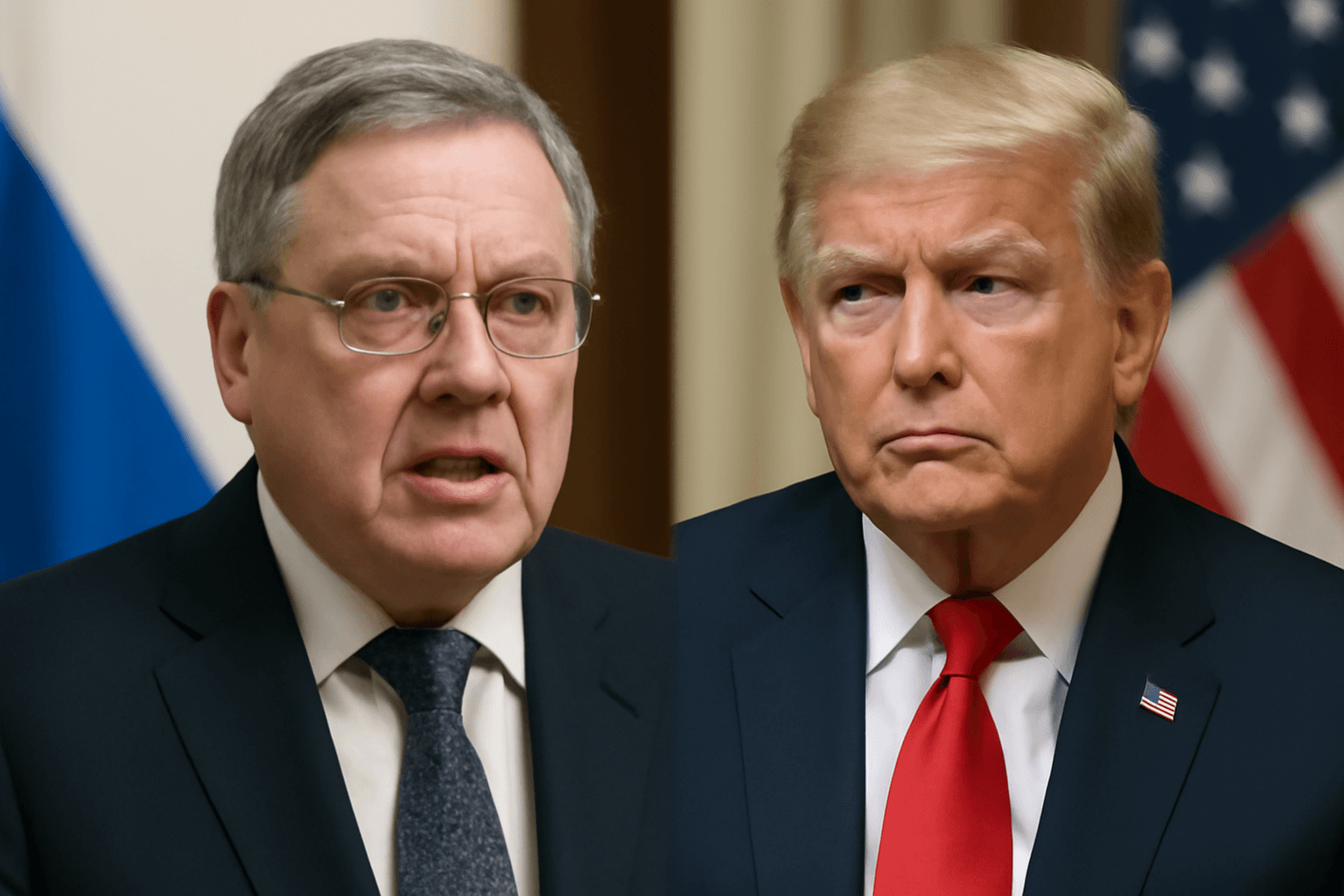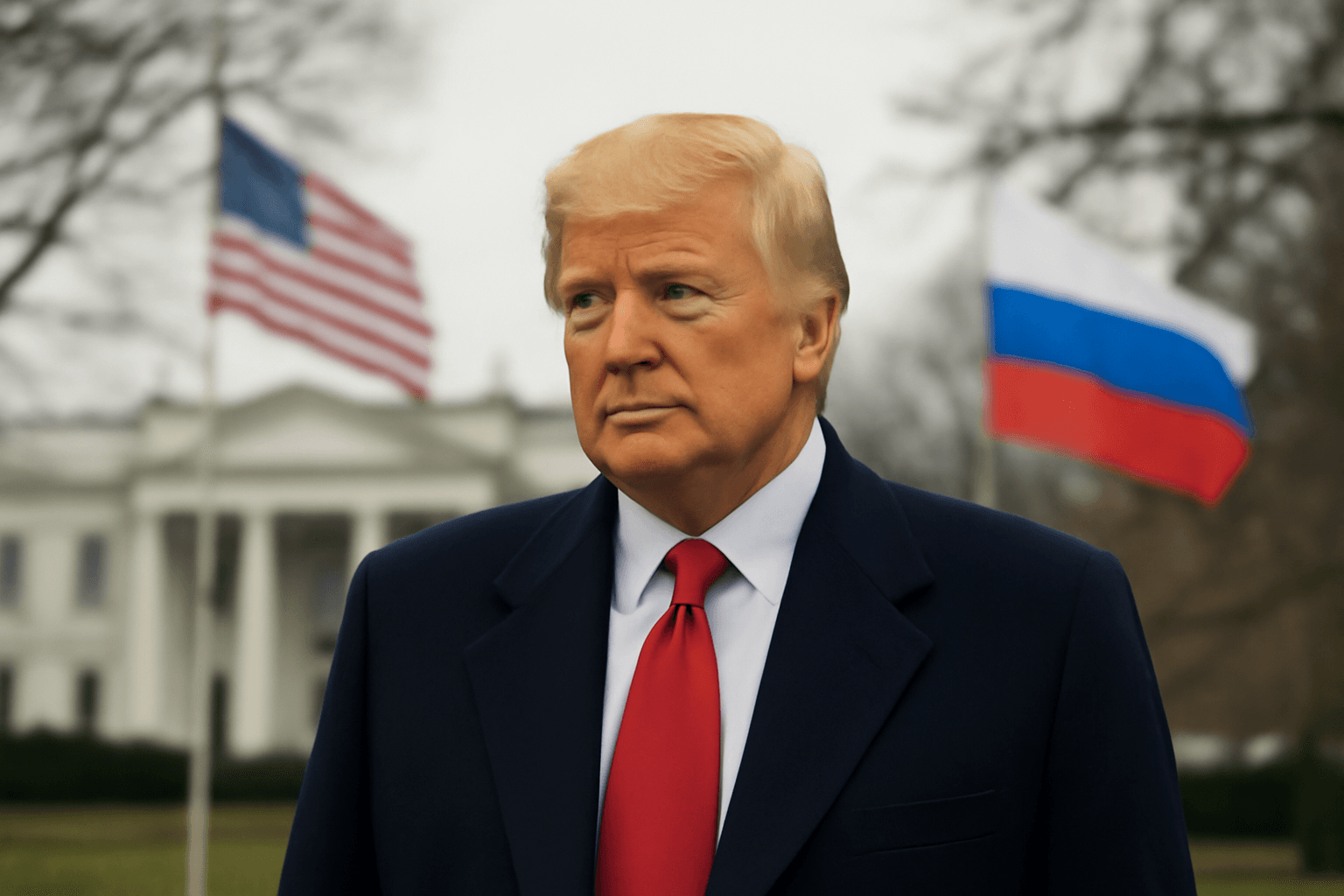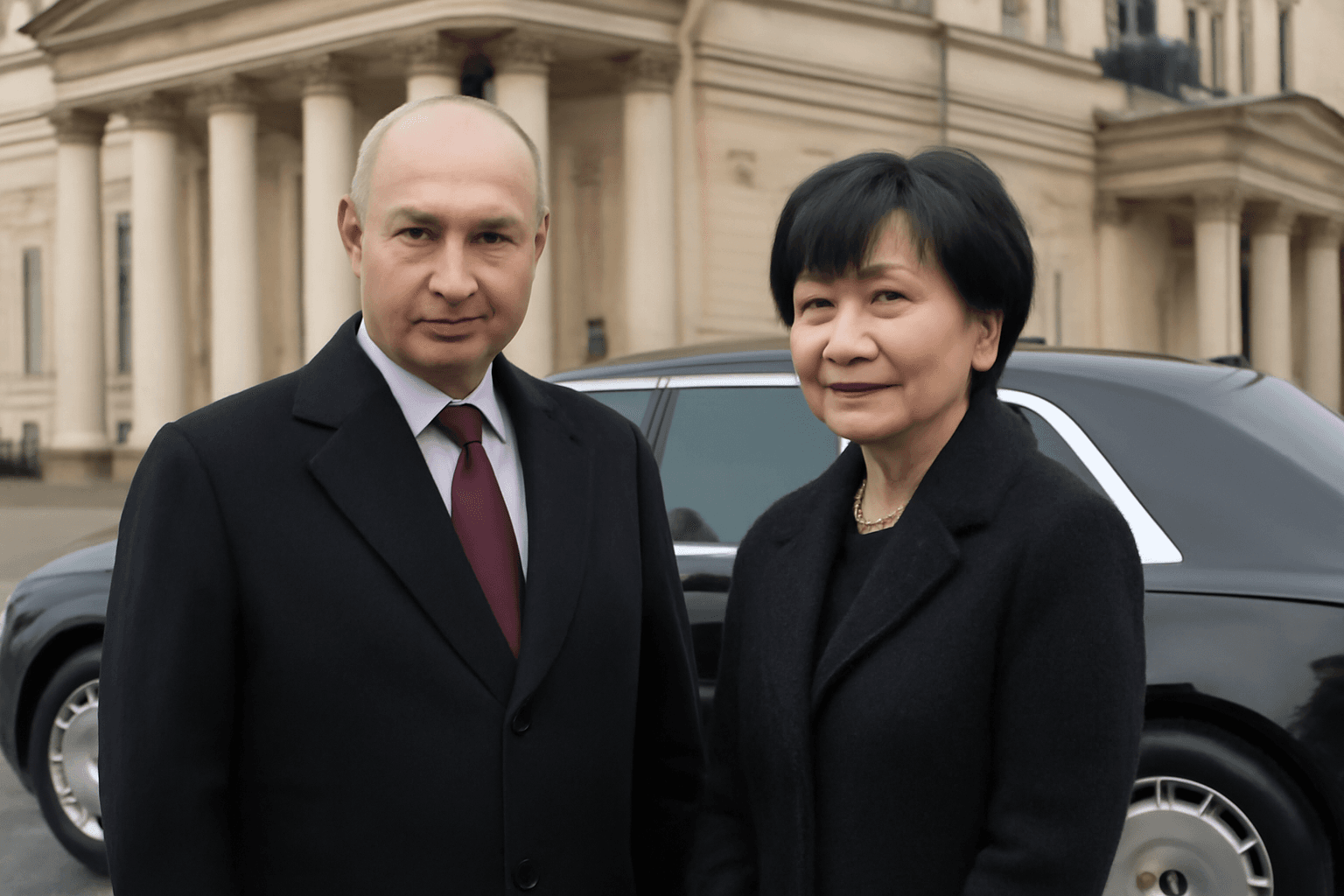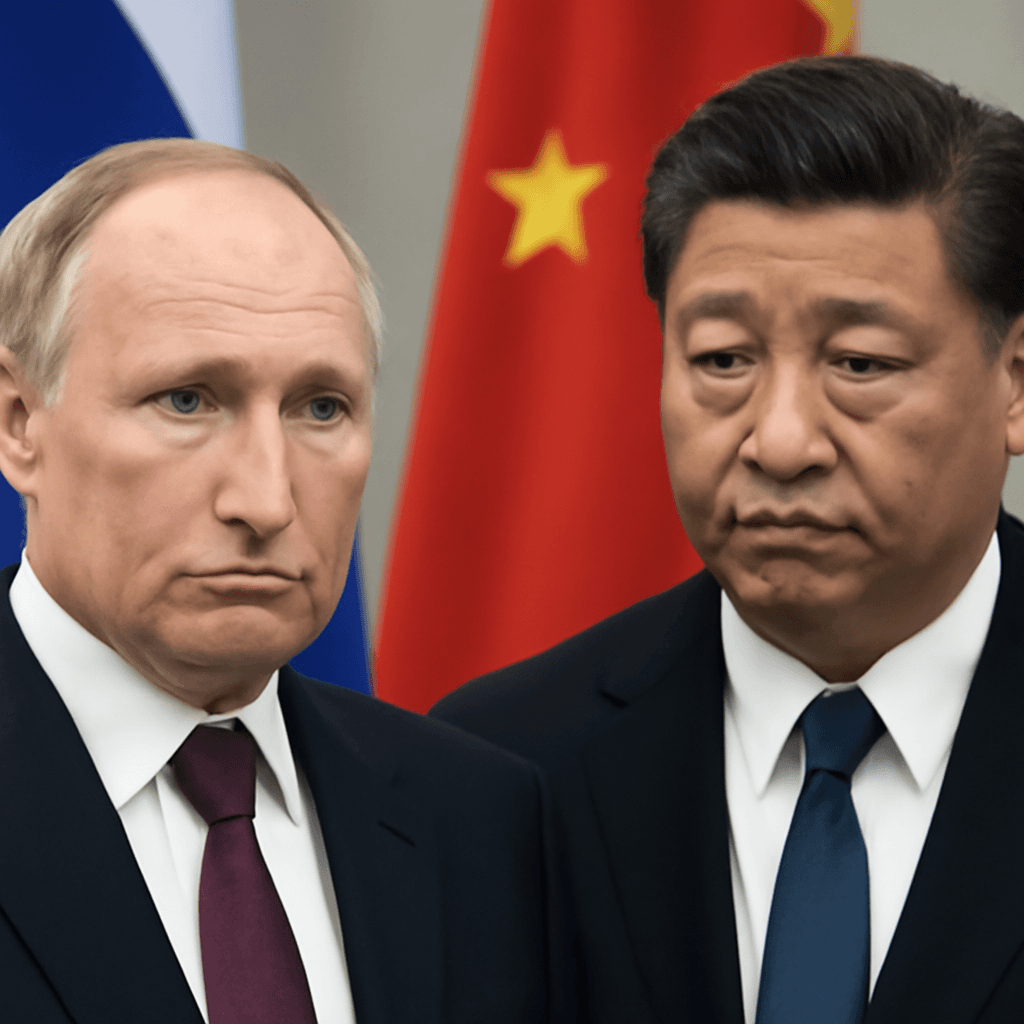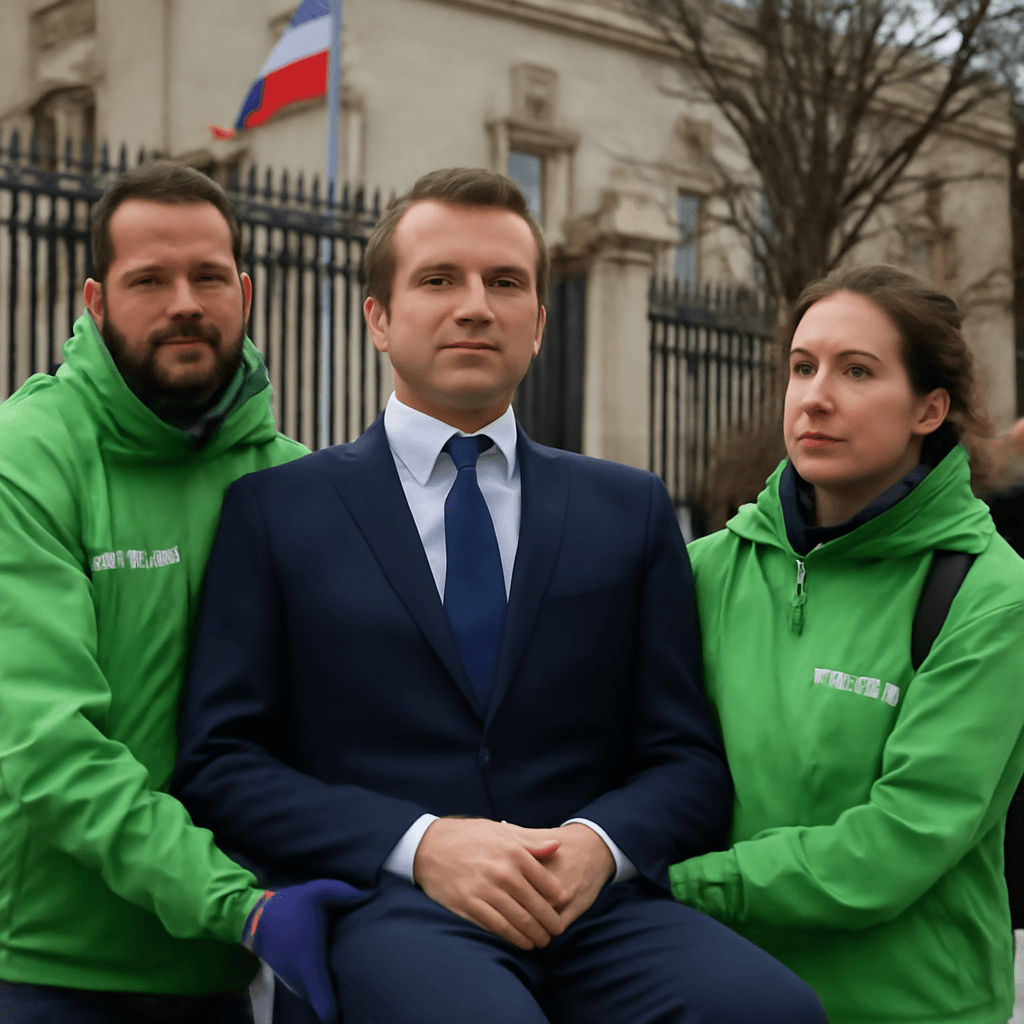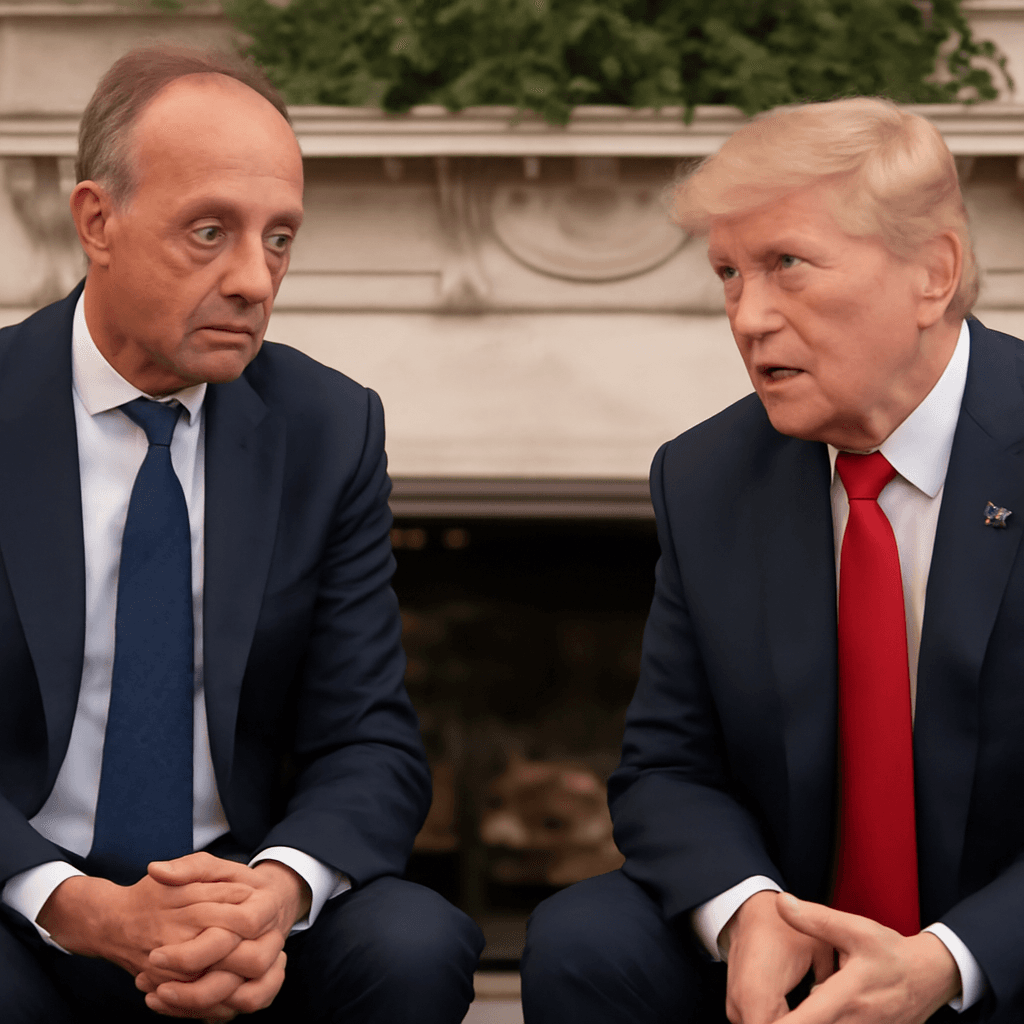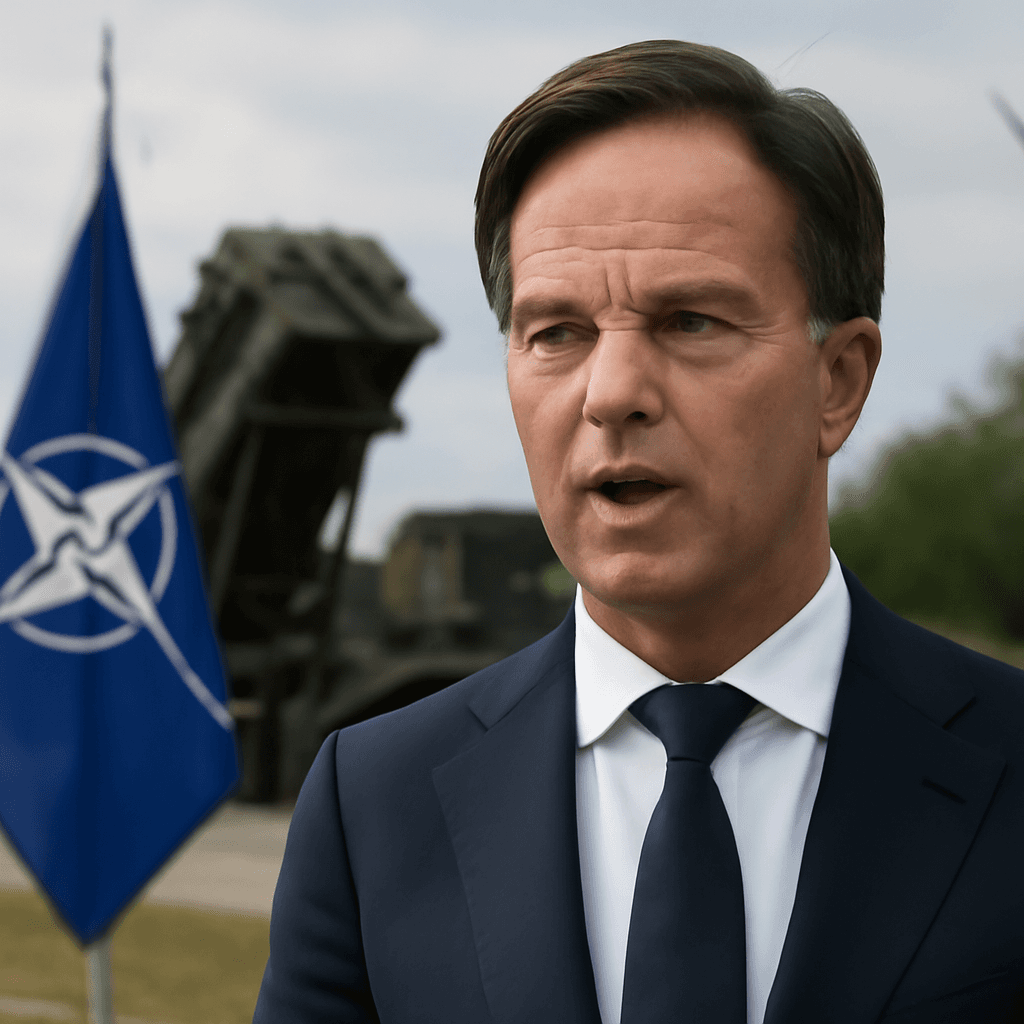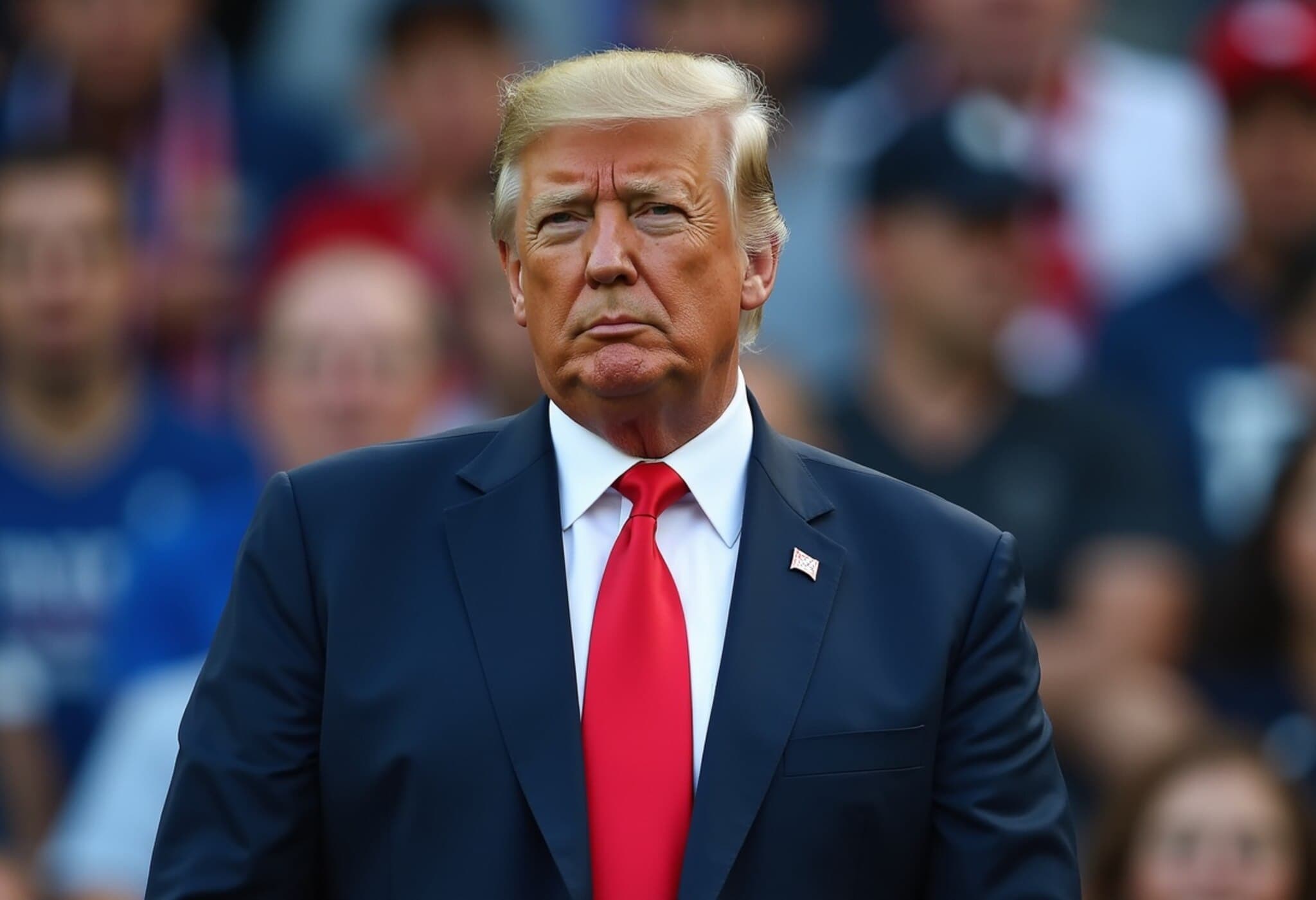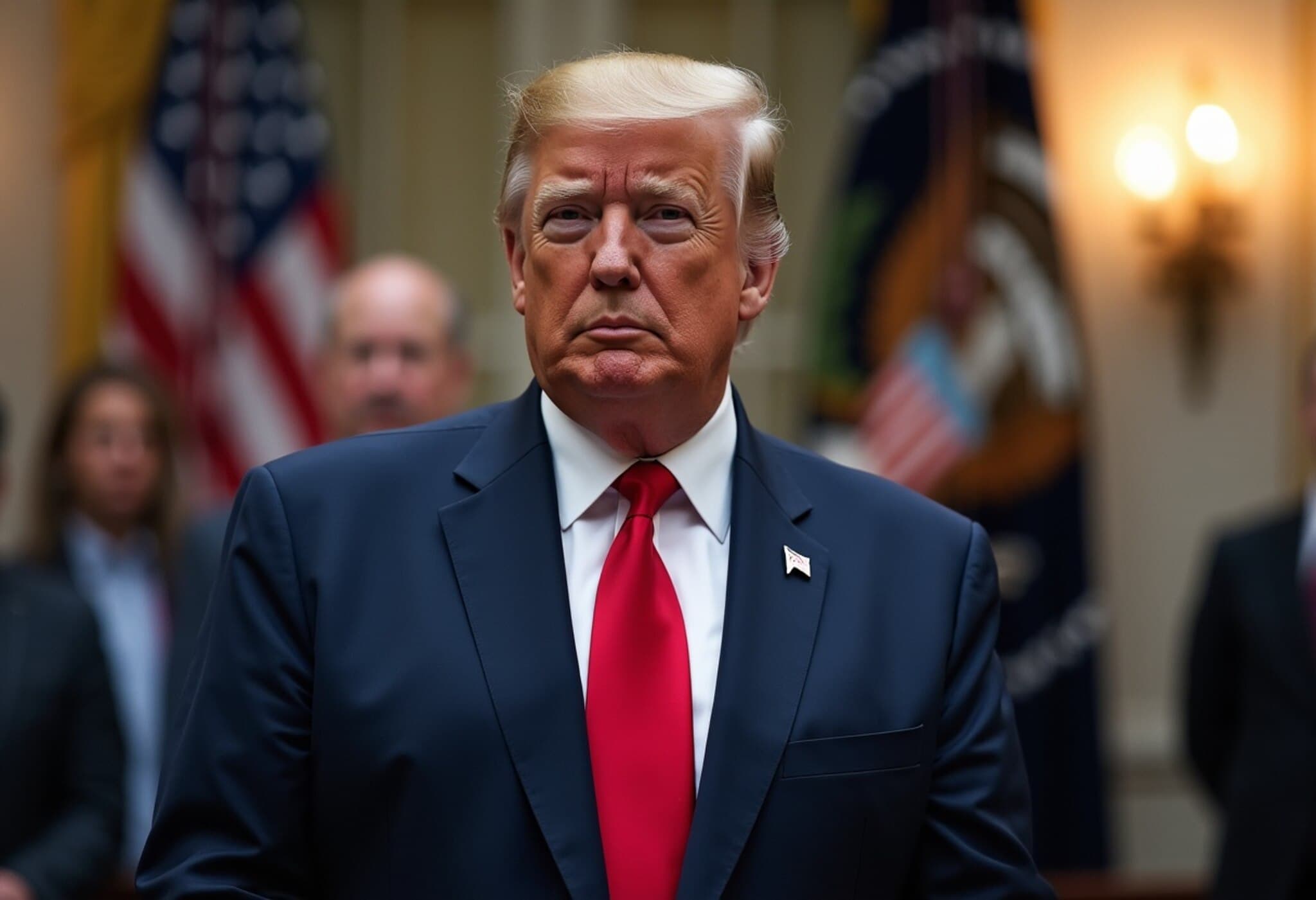Trump Commits to Sending Patriot Air Defense Systems to Ukraine
In a recent statement signaling continued U.S. support for Ukraine amid Russia's ongoing invasion, former President Donald Trump announced plans to send Patriot air defense systems to Kyiv. Speaking at Joint Base Andrews, just outside Washington, Trump emphasized the importance of bolstering Ukraine’s defense capabilities with "various pieces of very sophisticated military equipment," including the advanced missile systems.
Financial Details and European Involvement
Trump noted that the delivery would come with a financial arrangement where the cost of the military equipment would be fully reimbursed by the European Union. "They are going to pay us 100% for that, and that’s the way we want it," he stated, underscoring the transactional nature of the support. However, specifics about the quantity or deployment timeline of the Patriot systems were not disclosed.
A Direct Rebuke to Putin’s Strategy
Reproaching Russian President Vladimir Putin, Trump described a pattern of duplicity that has dismayed many international observers. "He talks nice and then bombs everybody in the evening. But there’s a little bit of a problem there. I don’t like it," Trump remarked, marking a sharp critique contrasting Putin’s rhetoric and actions in the conflict. This public rebuke reflects growing frustration with Russia’s continued aerial assaults, which recently included launching over 700 drones in a single barrage— a new record in Moscow's campaign to overwhelm Ukrainian air defenses.
Contextualizing Military Assistance to Ukraine
Ukraine’s need for robust air defense cannot be overstated. With a frontline stretching approximately 620 miles, and facing sustained pressure from Russia’s superior army, the addition of Patriot systems could significantly enhance Kyiv's ability to intercept missile and aircraft threats. This move aligns with broader NATO and Western efforts to support Ukraine without direct military engagement.
Implications for U.S. and NATO Relations
The announcement precedes a scheduled meeting between Trump and NATO Secretary General Mark Rutte, where the conflict in Ukraine is expected to dominate the discussion. Experts view this meeting as a critical moment for reinforcing transatlantic solidarity, especially around defense aid coordination and sanctions policies.
Uncertainty Around Sanctions and Future Actions
When questioned about new potential sanctions against Russia, Trump was noncommittal, stating, "We’re going to see what we will see tomorrow, OK?" This ambiguity leaves open questions about the next steps in the political and economic measures aimed at curbing Russia’s aggression.
Expert Insight: Why Patriot Systems Matter
Defense analysts highlight that Patriot missile batteries provide layered defense capabilities crucial for intercepting ballistic missiles, cruise missiles, and advanced drones—threat vectors that Russia has increasingly employed. Deploying these sophisticated systems could alter the tactical landscape, allowing Ukraine to better protect vital infrastructure and civilian populations.
Critical Questions Going Forward
- How will full reimbursement by the EU influence the dynamics of military aid cooperation between the U.S. and Europe?
- What is the timeline for deployment and operational integration of the Patriots into Ukraine’s defense network?
- Could the ambiguous stance on sanctions hint at evolving U.S. strategic priorities regarding Russia?
Conclusion
Trump’s announcement represents a notable reaffirmation of support to Ukraine amid one of the most challenging security crises in Europe since World War II. As the war continues, the injection of advanced air defense systems like the Patriot may not only save lives but also send a clear message about Western commitment to Ukraine's sovereignty.
Editor’s Note
While the delivery of Patriot systems signals a significant step in aiding Ukraine’s defense, much remains to be clarified about the scale, timing, and geopolitical ramifications of this support. It also raises important considerations about the sustainability of military support mechanisms and the evolving role of European funding in transatlantic defense efforts. Readers should watch for updates on NATO’s strategic responses and potential shifts in U.S.-Russia diplomatic engagements in the coming weeks.

